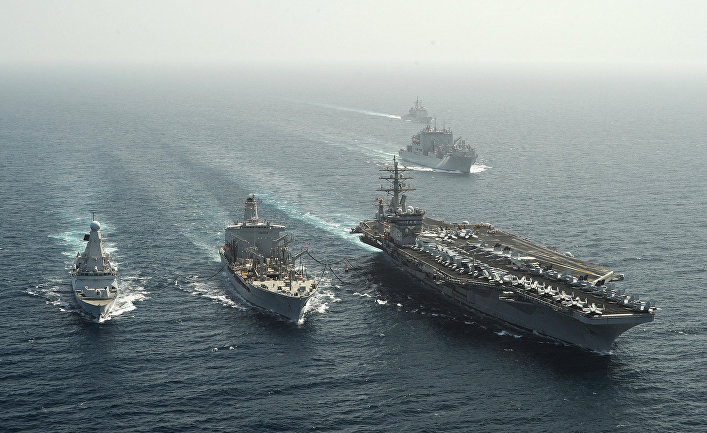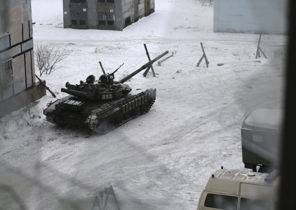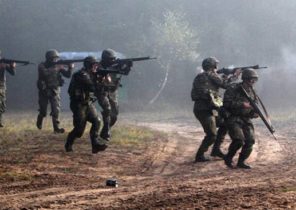
The Aegis radar system, that is, technology that is hosted currently on destroyers and cruisers are designed to provide protection from ballistic missiles in the area of approach, and also the ability to destroy or intercept enemy cruise missiles.
According to the staff of the Department of the Navy, the U.S. Navy carried out the modernization of its destroyers and cruisers with the radar on Board using the technology of the Aegis, and equip them with new multi-purpose signal processors, systems determine the extent of damage, and also carry out modernization of the radio-frequency apparatus and other on Board weapons.
This upgrade is part of intensive efforts by the Department of the Navy, aimed at equipping its destroyers and cruisers with upgraded Aegis radar technology, developed in order to help the ships more efficient to attack the enemy and defend against enemy missiles.
The Aegis radars, technology that is hosted currently on destroyers and cruisers are designed to provide protection from ballistic missiles in the area of approach, and also the ability to destroy or intercept enemy cruise missiles.
The deal with Raytheon has been increased by $ 20 million to conduct this kind of modernization of the system of Aegis.
The naval forces carried out the modernization of existing systems using the technology of Aegis ships, and also carry out modernization of the equipment on Board is currently under construction ships. Ongoing development work will be based on the most common version of Aegis technology, which is called Baseline 9.
In the process of implementation of the program of modernization of the system of Aegis experts expect to upgrade combat systems, which will strengthen air defense and ballistic missile defense with the Aegis system destroyers class DDG 51 Arleigh Burke and the cruiser class, CG 47 Ticonderoga.
Theoretically, designed for the Navy integrated fire control and air defense (NIFC-CA — Naval Integrated Fire Control-Counter Air) can be used for both defensive and offensive operations, according to the staff of the Department of the Navy. The possession of such technology could influence the debate in the Pentagon about how a potential enemy could use a weapon of distant radius of action, threatening thus the armed forces of the United States and deny American ships of the possibility to act in certain district — including close to the coastline.
The possession system NIFC-CA will enable, for example, surface ships to operate more successfully close to the coastline potential enemy, not exposing themselves to this danger from the rockets of distant radius of action.
The application of the system of NIFC-CA to defense involves detection and destroy approaching anti-ship missiles of the enemy, while its use in offensive actions may include the detection and destruction of the most valuable objects with a much greater distance than it can make the previous technology.
The use of new technologies in offensive action may be carried out in parallel with the emerging strategy of “distributed lethality” (distributed lethality), in which surface ships are increasingly equipped with new or modernized weapons.
The new strategy is based on the realization that naval forces of the United States can no longer count on the unconditional domination of the sea, which they had in the period after the end of the cold war.
After the collapse of the former Soviet Union naval forces of the United States shifted its focus from combat operations at sea with an almost equal rival to such tasks as the struggle against terrorism, the fight against piracy, as well as on transactions of the type landing on a ship inspection on Board and his capture (Visit, Board Search and Seizure).
Recently naval forces of the United States once again shifted his focus to the fight with an almost equal force of the enemy, and are currently undergoing equipment fleet destroyers, cruisers and ships of the coastal zone (Littoral Combat Ships) upgraded or new weapons designed to increase their offensive firepower.
Chris Osborne became the chief editor of the portal Scout Warrior in August 2015, and prior to that, he was assistant editor-in-chief of the website Military. com. Previously, he worked as an expert in the Pentagon, as well as acted as a leading military expert on CNN and the cable channel CNN Headline News. This article was originally published on the website Scout Warrior.







